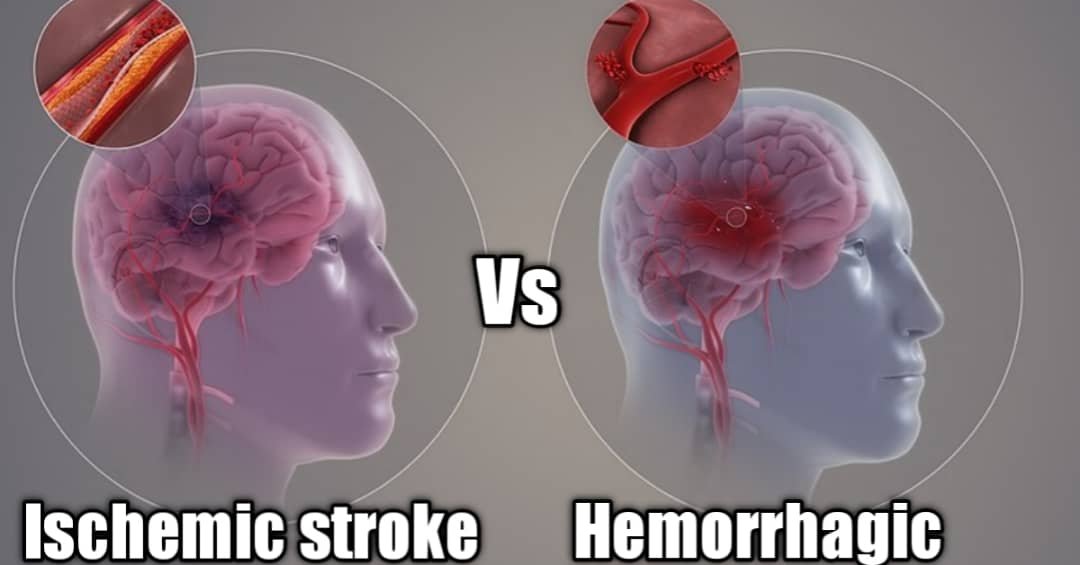
Table of Contents
Stroke is a general term describing the outcome or symptoms of the interruption of blood supply to the brain of an individual. It leads to varying degrees of brain damage, disability, or even death.
Knowing what type of stroke you have is key to optimal treatment, recovery, and general outcome. There are two main types which are ischemic and hemorrhagic
stroke.
Ischemic stroke: It refers to the stroke that results from clogging of the blood supply to the brain and represents the vast majority of stroke cases.
Hemorrhagic stroke: This describes a stroke that results from a rupture of a blood vessel that supplies blood to the brain. It represents about 13 to 15% of all cases of stroke with some distinct pathophysiological bases.
In this article, we will discuss ischemic stroke vs. hemorrhagic and also highlight ways by which they differ.
Types of ischemic stroke.
Ischemic strokes are often preceded by Transient Ischemic Attacks(TIA). They are common among older people with underlying medical conditions like atherosclerosis, diabetes, and high levels of low-density lipoproteins or cholesterol. The prognosis is better in younger people than in the elderly who unfortunately are the most affected by it.1 National Library of Medicine. (governmental authority) visit source (cited 28th July 2022)
An ischemic stroke could either be a thrombotic or embolic stroke.
Thrombotic stroke.
This describes stroke that results from clots within the blood vessels in the brain. The clots are called thrombus. Depending on where it is formed, thrombosis can cause a sudden stroke, or one of gradual onset whose symptoms can take hours to days to manifest.
Embolic stroke.
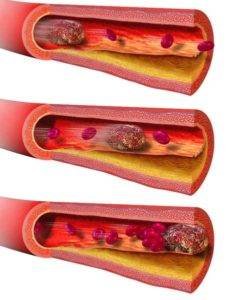
Unlike thrombotic stroke, embolic stroke is caused by clots that form elsewhere outside the brain but are transported via the blood to the brain where they occlude any of the essential arteries supplying the brain cells.
Clots of this nature are called embolus. Familiar sources of these embolus are the neck and heart for instance people with atrial fibrillation.
Types of hemorrhagic stroke.
Just as in ischemic stroke, there are also two types of hemorrhagic strokes based on where the bleeding occurs.
Intracerebral hemorrhage: It happens when a blood vessel ruptures inside the brain and leads to bleeding within the brain. This is the reason it’s called “intra”, meaning within or inside of something. Hypertension is the most common cause.
Subarachnoid hemorrhage: Here, the bleeding occurs between the surface of the brain and the membrane covering it leading to the accumulation of blood in the subarachnoid space. Pressure from the bleeding could build up to cause further damage to the brain. This can be the result of either a malformation called an Arteriovenous malformation (AVM), dural sinus thrombosis, vasculitis, pituitary apoplexy, aneurysm, etc
Ischemic stroke vs. hemorrhagic.
These two types of stroke follow significantly different pathological pathways so expectedly have quite a few differences as seen in the table below.
|
Ischemic stroke. |
Hemorrhagic stroke. |
|---|---|
|
Results from blockage of a blood vessel. |
Results from rupture of a blood vessel. |
|
Not normally due to high blood pressure. |
Usually due to high blood pressure. |
|
Forms the majority of stroke cases(85-87%). |
Responsible for only 13-15% of strokes. |
|
Lower mortality. |
Higher mortality. |
|
Better prognosis. |
Poorer prognosis. |
|
It is usually associated with plaque. |
Not associated with plaque. |
|
Initial treatment focused on clot removal. |
Initial treatment is focused on stopping the bleeding. |
|
Lower stroke severity. |
Higher stroke severity. |
From the table above, you can see that hemorrhagic stroke is generally more tragic than ischemic stroke.2 National Library of Medicine. (governmental authority) visit source . Though it accounts for merely 15% of incidences of stroke, more people die from it annually.
Below is a table that shows a comparison between the survival probabilities for ischemic and hemorrhagic strokes.
|
Survival probabilities for Ischemic and hemorrhagic stroke patients. |
||
|---|---|---|
|
Time. |
Ischemic: Survival probability. |
Hemorrhagic: Survival probability. |
|
6 months. |
81% |
36% |
|
1 year. |
76% |
34% |
|
2 years. |
68% |
31% |
|
3 years. |
61% |
27% |
|
Source: Ahajournals. |
||
From the table, you will find that ischemic stroke not only has a better prognosis as highlighted in the previous table but the survival probability is much higher than for hemorrhagic stroke.
Generally, survival after ischemic stroke has been noted to have improved over the last 10 years but no improvement has been observed for hemorrhagic stroke.3 Ahajournals (scholarly source) visit source
Symptoms and diagnosis of stroke.
There are lots of similarities in symptoms between the two types of stroke. However, the symptoms may still differ among individuals based on the severity and area of the brain affected.
Symptoms.
Some of the symptoms you should expect when you have a stroke are:
1. Difficulty in walking or staggering,
2. Slurred speech (When the speech center, Broca’s area, is affected),
3. Headache,
4. Feeling dizzy,
5. Numbness or loss of sensation,
6. Nausea or vomiting,
7. Difficulty breathing,
8. Difficulty chewing,
9. Difficulty swallowing,
10. Difficulty understanding others(cognitive challenges),
11. Facial asymmetry or deviation,
12. Stiff neck,
13. Coma or loss of consciousness,
14. Seizures,4 Jamanetwork (scholarly source) visit source
15. Confusion,
16. Aphasia or difficulty talking,
17. Sensitivity to bright light,
18. Paralysis (hemiplegia), or weakness(hemiparesis) on one side of the body,
19. Patchy cutaneous sensation in some cases,
20. Problems with vision,5 Biomed research international. (scholarly source) visit source 6 Stroke and Vascular neurology. (scholarly source) visit source
You will only experience some of the above-listed symptoms depending on the type of stroke you suffered and the level of severity. This will also determine the immediate and subsequent medical intervention.
Diagnosis.
Do keep in touch by signing up for our newsletter:
Early detection and categorization of the type of stroke you’ve suffered are important for the right treatment outcomes and recovery. Your doctor(s) will perform neurological and heart examinations plus some or most of the following:
- Computed tomography(CT) scans,
- Magnetic resonance imaging (MRI),
- Electrocardiogram(ECG),
- Echocardiogram,
- Carotid angiogram or ultrasound,
- Blood tests.
These will help determine what kind of stroke you’ve had and also guide your treatment.
Treatment and Prevention.
The treatment plan for any stroke is made after the cause of the stroke has been established. Rehabilitation or physical therapy procedures for the two types of stroke are very much similar but initial medical interventions differ.
Treatment.
Ischemic stroke, which results from the clogging of blood vessels, is tackled by taking out the blockage either through medication or surgery.
There is a clot-busting medication called tissue plasminogen activator (tPA)7The New England Journal of Medicine. (scholarly source) visit source which can be given within 4 hours and a half of the stroke. This has to be given as soon as possible, preferably in less than 3 hours following an ischemic stroke before the risks outweigh the benefits.
However, the tissue plasminogen activator is contraindicated in treating hemorrhagic stroke. This underlines the importance of proper diagnoses and correct determination of the type of stroke before administering any treatment.
For hemorrhagic stroke, the first line of intervention is to stop the bleeding which may involve surgery in some cases. Surgery may also be required to relieve the pressure of the hemorrhage on the brain which helps to avert further brain damage. Various types of surgery have been described for the treatment and prevention of hemorrhagic stroke you may want to read up.
Stabilizing the blood pressure in a hypertensive patient is an important treatment objective. It’s not uncommon for such patients to be diabetic as well. Blood sugar levels also have to be kept within safe limits.
The importance of physical therapy in regaining lost motor control cannot be overemphasized especially within the first 8 weeks following the incidence and it should be intensive.8 Clinical rehabilitation. (scholarly source) visit source 9 Physical therapy and rehabilitation journal. (scholarly source) visit source

Prevention.
Transient ischemic attacks, TIAs, are very much like strokes except for how long they last. The symptoms usually disappear within 24 hours, however, they are treated to avert recurrence or full-blown stroke.
Some steps can be taken to avoid these attacks. Part of these steps are lifestyle changes. Now, all of the treatment and preventive measures against TIAs as highlighted in a previous article titled “Treatment for transient ischemic attack” also apply to the prevention of stroke so you may want to look them up.
I hope this article was helpful. You may also be interested in knowing what hemiplegia is.



























































































































































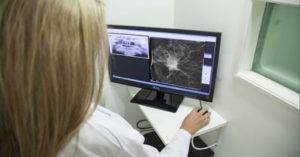
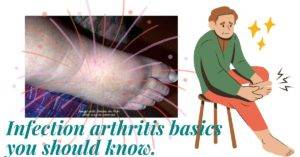
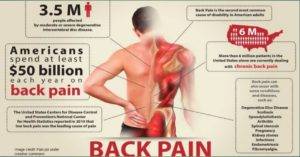

I am impressed with this site, I am already a very big fan .
Sweet blog! I found it while searching on Yahoo News. Appreciate it